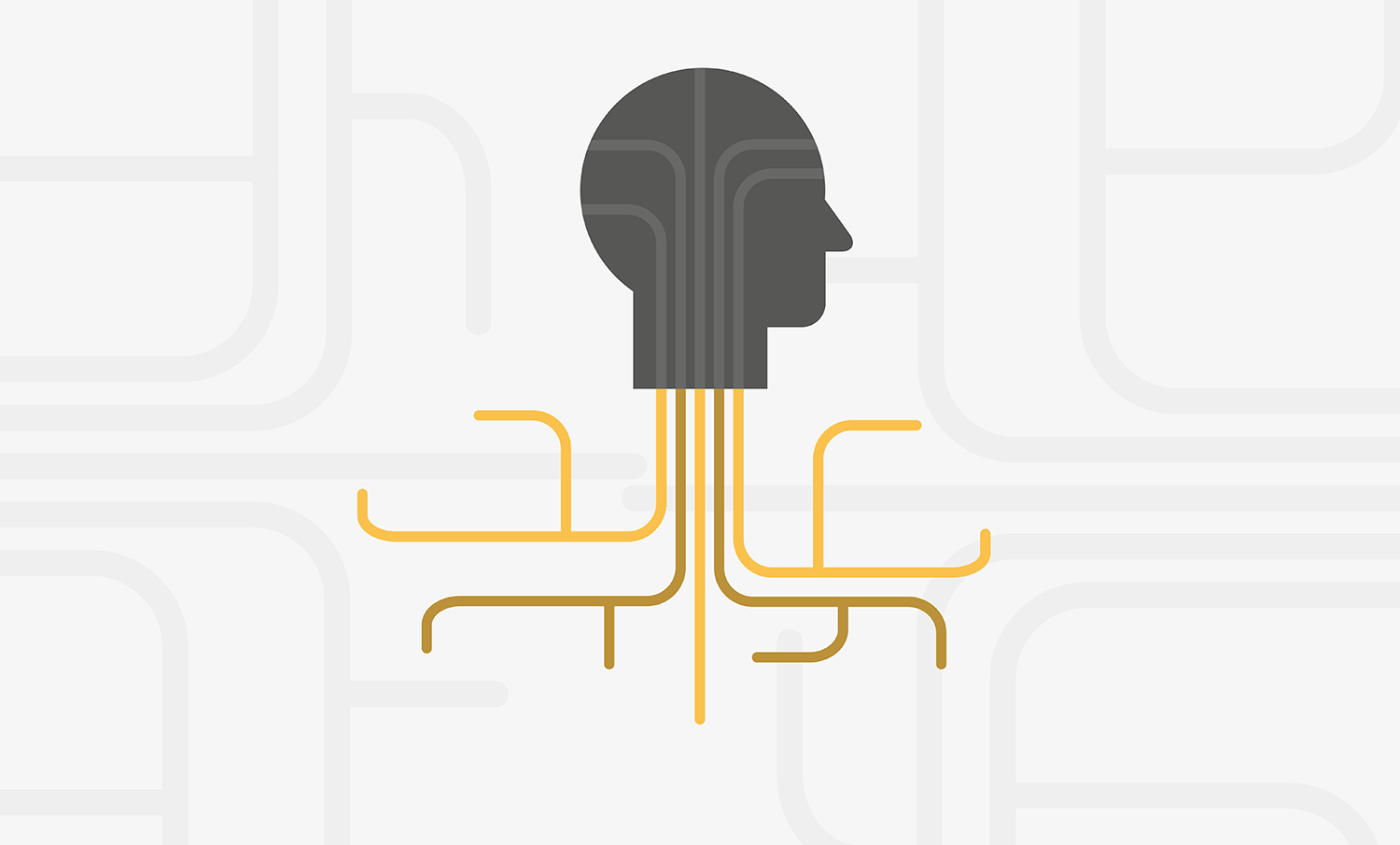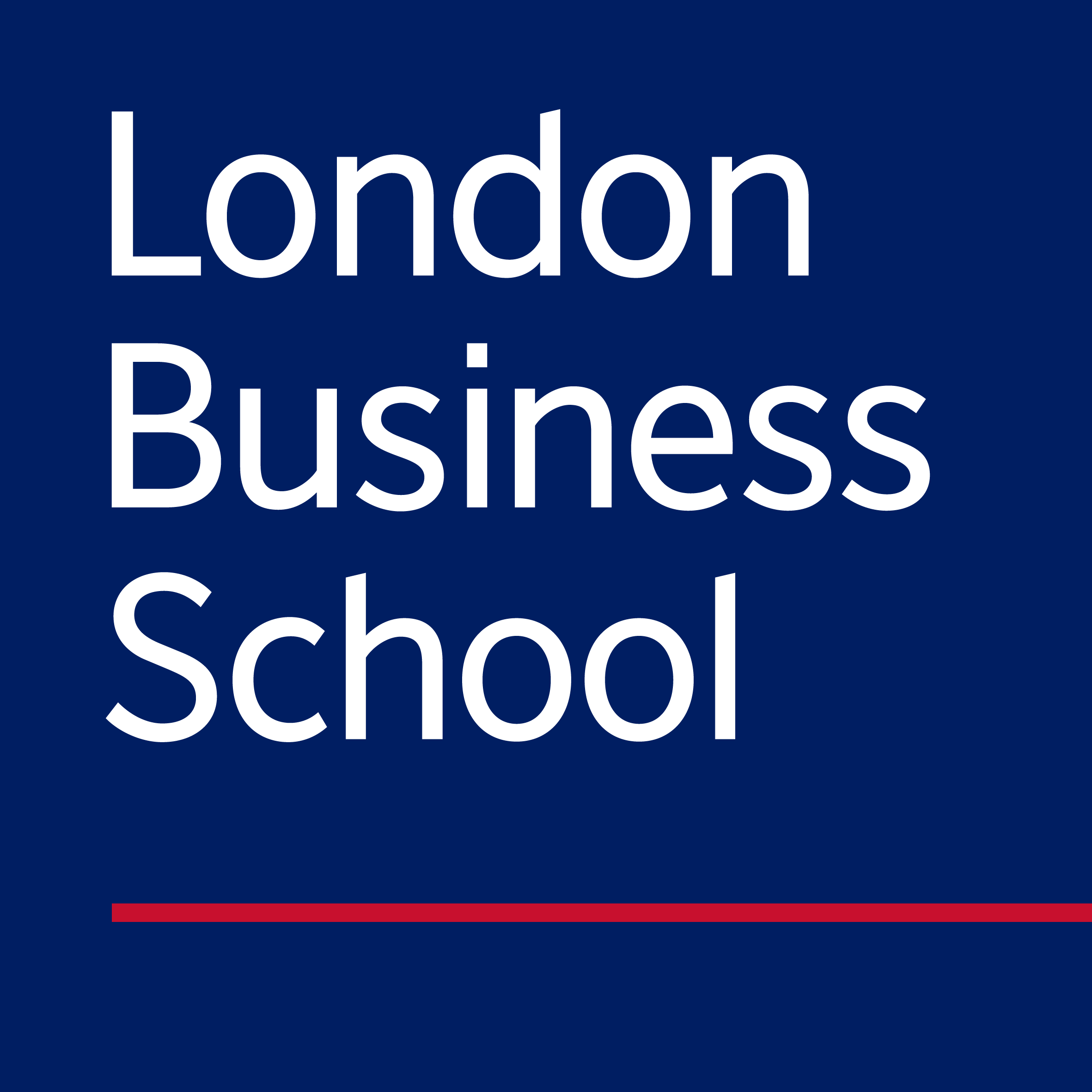
The aim of personalised learning is to create an individual unique learning experience for each student. Understanding the differences in your learners is the first step in personalising the learning experience. This forms the basis of creating an appropriately challenging experience that supports learning and development.
Personalised learning relates to a diverse range of approaches to teaching that centre on the learner and their individual learning needs. Focusing on methods for personalisation we explore how you can differentiate your resources and materials to encourage motivation and engagement amongst your learners and their peers.
What about Adaptive Learning?
Adaptive Learning is a technology-led approach that aims to personalise learning based on a variety of factors informed by the student. Educators have experimented with adaptive learning systems to assist with personalisation. In one such system Yarandi, et al (2012) modeled a learner profile - based on ability, learning preferences and aspirations - which informed logical sequenced programmes tailored to the individual student’s needs.

Students engage in learning through a variety of formats based on their experiences, prior knowledge and preferences. In the past, educational theorists have proposed a variety of learning ‘styles’ that define a student's preferred approach that maximises their learning efficiency. There are many models that suggest learners have a predisposition to a specific style (Kolb, 1984; Honey & Mumford, 1982; Felder & Silverman, 1988). Counter to that, recent research provides evidence that learning ‘styles’ have little scientific basis. Kirschner (2017) critiques these models to find that a learner has no single optimal learning style, nor that learning styles are requisite to optimal instructional design.
The important idea is that learners benefit from a rich and diversified experience.
Consider planning activities that differentiate between:
- Knowledge acquisition and investigatory tasks
- Reflective practices
- Practical application and production
Development should focus on a variety of modalities that are the most effective and coherent to that resource in order to serve differences in students’ knowledge, self-awareness and prior experiences (Rohrer & Pashler, 2012).
There are many ways to diversify your resources and activities. For example:
- Media-rich formats: videos, infographics and interactive content
- Activity design: students to collaborate on a research task, find solutions to real-world problems and undertake reflective exercises
Every student brings a perspective informed by a lifetime of prior experiences - which inform not only their intellectual ability and knowledge but also their emotional maturity and ability to manage their own learning. These experiences will impact how students interpret what they are learning (Vygotsky, 1978) and how they construct knowledge in their own minds.
When activating prior knowledge for each student, consider the following points:
- Remember that learners have different levels of emotional maturity. This can affect how you pitch the learning. You should also personalise learning in such a way that uncovers the limitations of an individual's current views and scaffolds their learning to allow construction of new knowledge.
- Monitor your students’ progress. Identify gaps and misconceptions in a student’s knowledge that can be supported through personalised learning.
- Try building reflective activities into your curriculum. Reflective tasks enable learners to identify their own strengths and areas for improvement.
- Promote self-awareness, which supports metacognition and enables students to take ownership of learning and develop pathway to the curriculum.
- By understanding strengths and building on areas of concern, students enable self-efficacy and encourage self-regulation.
Self-regulation can be supported in a variety of ways. It can:
- Set transparent expectations for students and align them to the learning outcomes of a course. This supports an environment in which learning can be internally processed and moderated.
- Give a concise overview of the topics covered, an indication of the time requirement for tasks, and signposts for students to guide them through extra resources.
Aligning tasks explicitly to the learning outcomes of a module helps create a structure that learners can use to scaffold learning. Note that:
- Overall learning objectives help learners understand the general aim of a module. However, implementing smaller objectives throughout the module help them identify gaps in knowledge.
- By identifying these gaps we can support the learner beyond what they are currently capable of - and guide them into comprehension of higher-level critical concepts.
- The Zone of Proximal Development (Vygotsky, 1978) illustrates and emphasises how supporting students can improve comprehension and learning.

There are multiple approaches that encourage self-awareness amongst students:
- Promoting reflective practice amongst learners encourages internal exploration of comprehension and understanding. This practice asks learners to clarify their own perspective within their experience.
- Support reflection through formative assessment. Providing regular feedback can encourage deep learning within your students. Students can use this information to identify their strengths and weaknesses, where feedback signposts students to resources that can be used to support their learning and development.
- Support students to participate in formative and self-assessment activities engages self-regulation.
- Feedback offers opportunities for targeted discussion, promoting dialogue whereby learners explore their own understanding.
- Providing learners with feedback and assessment criteria aids understanding of learning objectives and what is needed to meet them. Well-designed, it provides a scaffold for learners to identify their own pathways. Nichol and Macfarlane-Dick (2006) provide a framework for feedback for supporting self-regulation.

Learning Types and the Conversational Framework
Offering personalised design within your curriculum can be challenging. Laurillard (2012) defined a series of knowledge types within her Conversational Framework Model. These knowledge types can be used to align your design with a specific purpose.
Listening to a lecture, reading a book or journal or watching video content.
A student led activity to seek new information. The student carries out research of their own.
Engaging in a dialogue with educators and peers. A student mentally processes new ideas based on the perspective and experiences of others.
The student acts on knowledge and feedback to generate an action. The student has a task to complete and engages with course content to find a solution.
Different to discussion in that students create a shared output. The emphasis here is on the negotiation of an agreed output.
The creation and articulation of original thought. This is primarily geared toward the producing content for evaluation and assessment.
Consider the ABC (Arena, Blended, Connected) approach to curriculum design devised by UCL Digital Education (Young & Perovic, 2016). This approach engages educators in storyboarding a sequence of learning activities drawing on inspiration from these knowledge types and aligning them to the specific learning outcomes of your course. This process streamlines development against sound educational principles, providing a framework for well-designed courses aligned with the learner needs and learning outcomes.
Acquisition
Learning through acquisition is what learners are doing when they are listening to a lecture or podcast, reading from books or websites, and watching demos or videos.
Investigation
Learning through investigation guides the learner to explore, compare and critique the texts, documents and resources that reflect the concepts and ideas being taught.
Collaboration
Learning through collaboration embraces mainly discussion, practice, and production. Building on investigations and acquisition it is about taking part in the process of knowledge building itself.
Practice
Learning through practice enables the learner to adapt their actions to the task goal, and use the feedback to improve their next action. Feedback may come from self-reflection, from peers, from the teacher, or from the activity itself, if it shows them how to improve the result of their action in relation to the goal.
Discussion
Learning through discussion requires the learner to articulate their ideas and questions,
and to challenge and respond to the ideas and questions from the teacher,
and/or from their peers.
Production
Learning through production is the way the teacher motivates the learner to consolidate what they have learned by articulating their current conceptual understanding and how they used it in practice.








References
Bryson, C., & Hand, L. (2007). The role of engagement in inspiring teaching and learning. Innovations in Educational and Teaching International, 349-362.
Butler, D., & Winnie, P. (1995). Feedback and self-regulated learning: a theoretical synthesis. Review of Educational Research, 245-281.
Felder, R., & Silverman, L. (1988). Learning and teaching styles in engineering education. Engineering Education, 674-681.
Honey, P., & Mumford, A. (1982). The manual of learning styles. Maidenhead: Peter Honey.
Hover, K., & Steiner, C. (2009). Adaptive Learning Environments: a requirements analysis in business settings. International Journal of Advanced Corporate Learning, 27-33.
Kirschner, P. A. (2017). Stop propagating the learning styles myth. Computers and Education, 166-171.
Kolb, D. A. (1984). Experiential Learning: Experience as the source of learning and development. Englewood Cliffs, NJ: Prentice-Hall.
Nichol, D., & Macfarlane-Dick, D. (2006). Formative assessment and self-regulated learning: A model and seven principles of good feedback practice. Studies in Higher Education, 199-218.
Rohrer, D., & Pashler, H. (2012). Learning Styles: Where's the Evidence? Medical Education, 34-35.
Tseng, J., Chu, H., Hwang, G., & Tsai, C. (2008). Development of an adaptive learning system with two sources of personalisation information. Computers and Education, 776-786.
Vygotsky, L. S. (1978). Mind in society: The development of higher psychological processes. Cambridge, MA: Harvard University Press.
Williams, P., & Hellman, C. ( 2004). Differences in self-regulation for on-line learning between first and second generation college students. Research in Higher Education, 71-82.
Yarandi, M., Tawil, A., & Jahankani, H. (2012). Ontologies for personalised adaptive learning. Advances in Computing & Technology.
